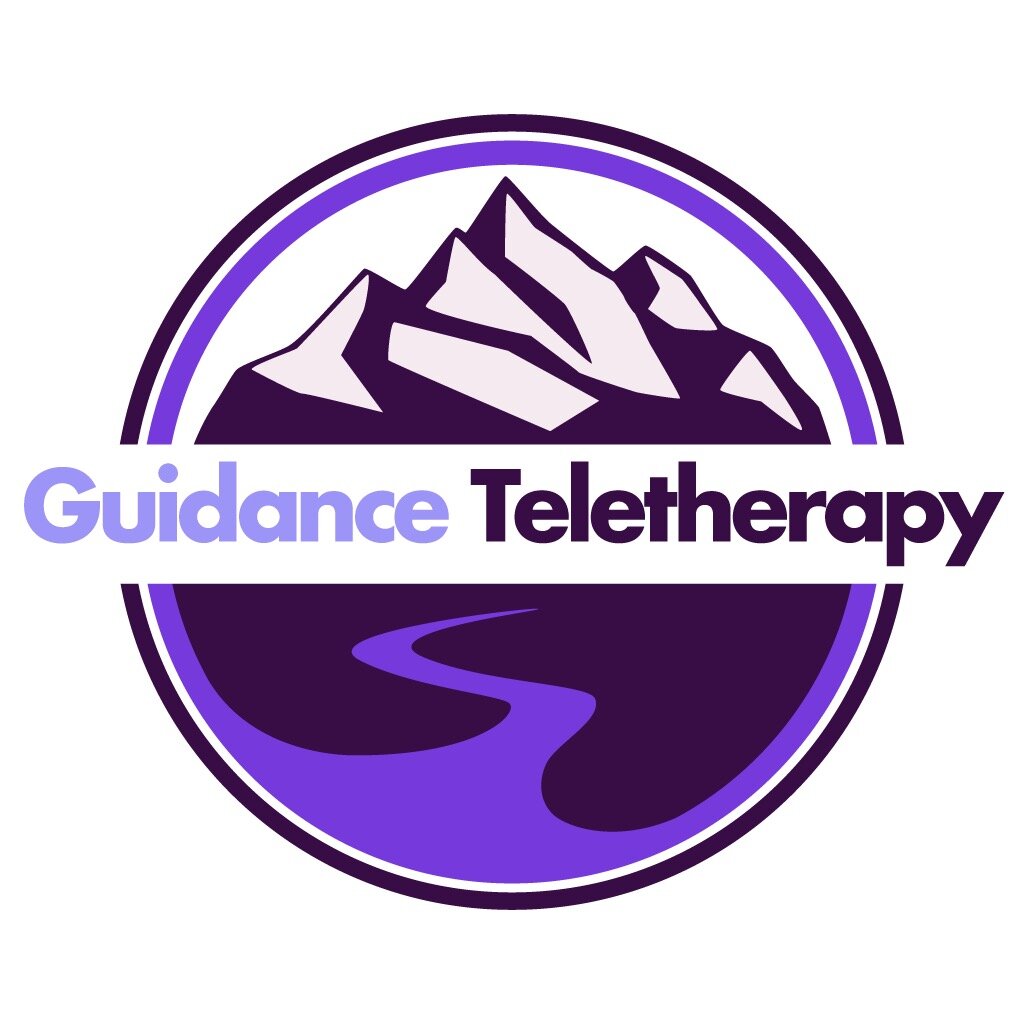What Clinicians Should Know Before Writing An Emotional Support Animal Letter
As clinicians, it may be jarring to have a client ask us to write them an emotional support animal letter. This isn’t a topic that is discussed in grad school (at least not the one I attended), and it can leave us feeling confused. I know when I was first asked by a client, I was genuinely confused. Was I even allowed to write these letters?
It turns out, I am!
We’re in a rather unique position as clinicians to be able to support our clients’ autonomy and desire to receive treatment that aligns with their beliefs. The client populations I have worked with that have benefited the most from ESA letters are military members and their families, survivors of sexual assault and abuse, and Indigenous populations who have a bond with animals that surpasses Eurocentric understanding of animal-human connection.
Before starting the letter-writing process for ESAs, clinicians need to be trained in understanding what they are assessing and looking for. They also need to reach out to their ethics board, as well as their malpractice insurance, to see if both agree that they can write this letter. Once a clinician knows what they are looking for, knows they are covered to provide the service, they can start incorporating this specific niche into their practice.
I was interviewed by Elizabeth “Beth” Irias, LMFT, of Clearly Clinical, to help therapists learn what to do before writing an emotional support animal letter. This including learning the difference between the four types of assisted animals: an emotional support animal, a service animal, a psychiatric service animal, and a therapy animal. When taking the course, clinicians will have access to worksheets and supplemental material I created to help understand the difference between the assisted animals, as well as what is needed in an ESA letter.
Clearly Clinical is an online behavioral health Continuing Education podcast, with an accompanying online course. Anyone with a membership can obtain CEs for this specific course, as well as access to their catalog for a variety of podcast CE episodes.
I hope that hearing this podcast will give you the guidance, support, and framework you’re looking for when taking on ESA assessing and letter writing work.
Listen to the podcast below:



WEBSITE DISCLAIMER The information provided by Guidance Teletherapy Family Counseling Inc. (“we,” “us,” or" “our”) on https://www.guidancett.com/ (the “Site”) is for general information only. All information on the Site is provided in good faith. However, we make no representation or warranty of any kind, express or implied, regarding the accuracy, adequacy, validity, reliability, availability, or completeness of any information on the Site. Under no circumstance shall we have any liability to you for any loss or damage of any kind incurred as a result of the use of the Site or reliance on any information provided on the Site. Your use of the Site and reliance on any information o the Site is solely at your own risk.
EXTERNAL LINKS DISCLAIMER The Site may contain (or you may be sent through the Site) links to other websites or content belonging to or originating from third parties or links to websites and features in banners or other advertising. Such external links are not investigated, monitored, or checked for accuracy, adequacy, validity, reliability, availability, or completeness by us. We do not warrant, endorse, guarantee, or assume responsibility for the accuracy or reliability of any information offered by third-party websites linked through the Site or any website or feature linked in any banner or other advertising. We will not be a party to or in any way be responsible for monitoring any transaction between you and third-party providers of products or services.
PROFESSIONAL DISCLAIMER The Site cannot and does not contain medical/health/mental health advice. The medical/health/mental health information is provided for general information and educational purposes only. It is not intended as a substitute for professional advice. Accordingly, we encourage you to consult with the appropriate professionals before taking any actions based on such information. You should not use this information to diagnose or treat a mental or medication health condition. The use or reliance of any information contact on the Site is solely at your own risk.
AFFILIATES DISCLAIMER The Site may contain links to affiliate websites, and we receive an affiliate commission for any purchases you make on the affiliate website using such links. We are participants in the Amason Services LLC Associates Program, an affiliate advertising program designed to provide a means for us to earn advertising fees by linking Amazon.com and affiliated websites.